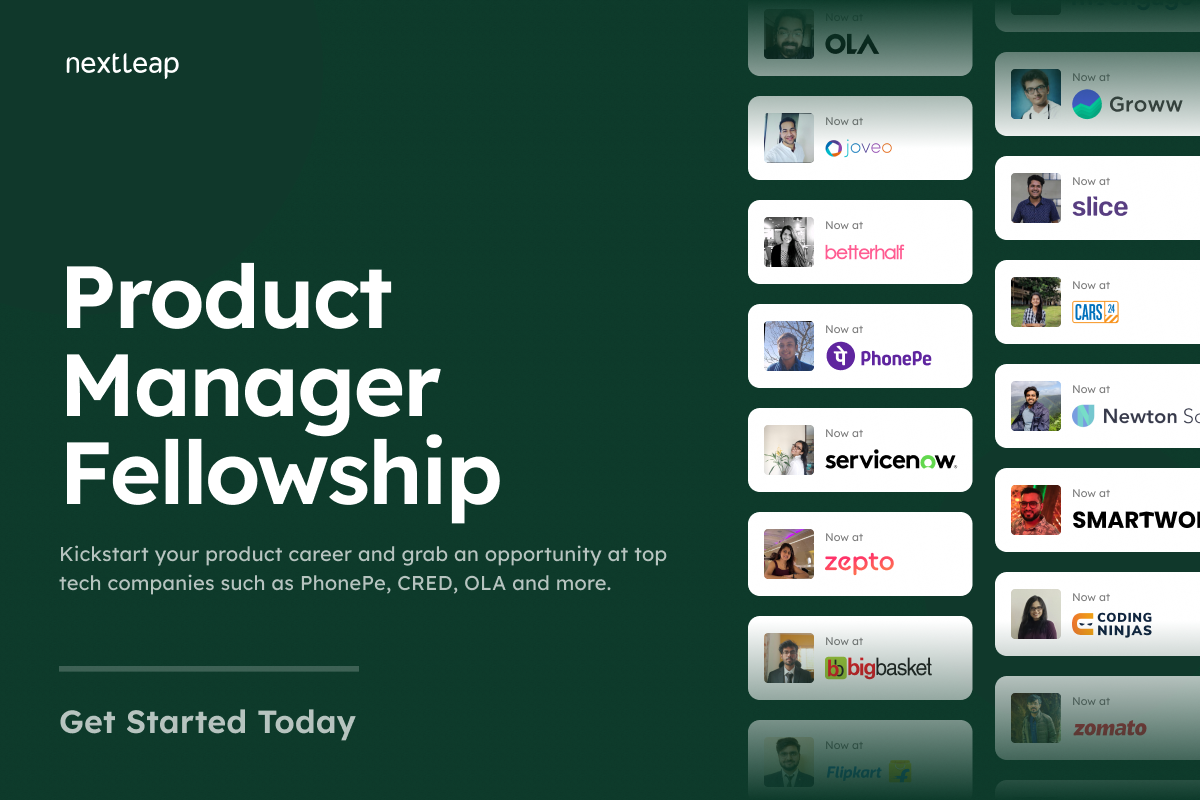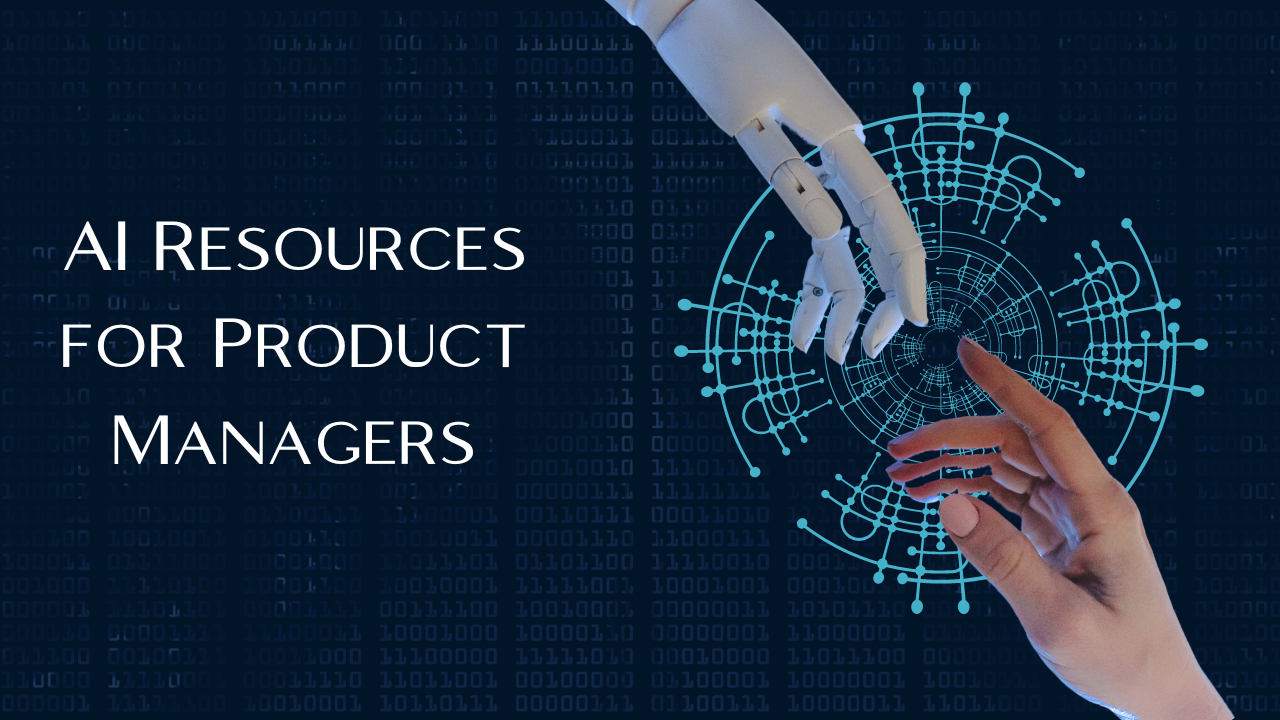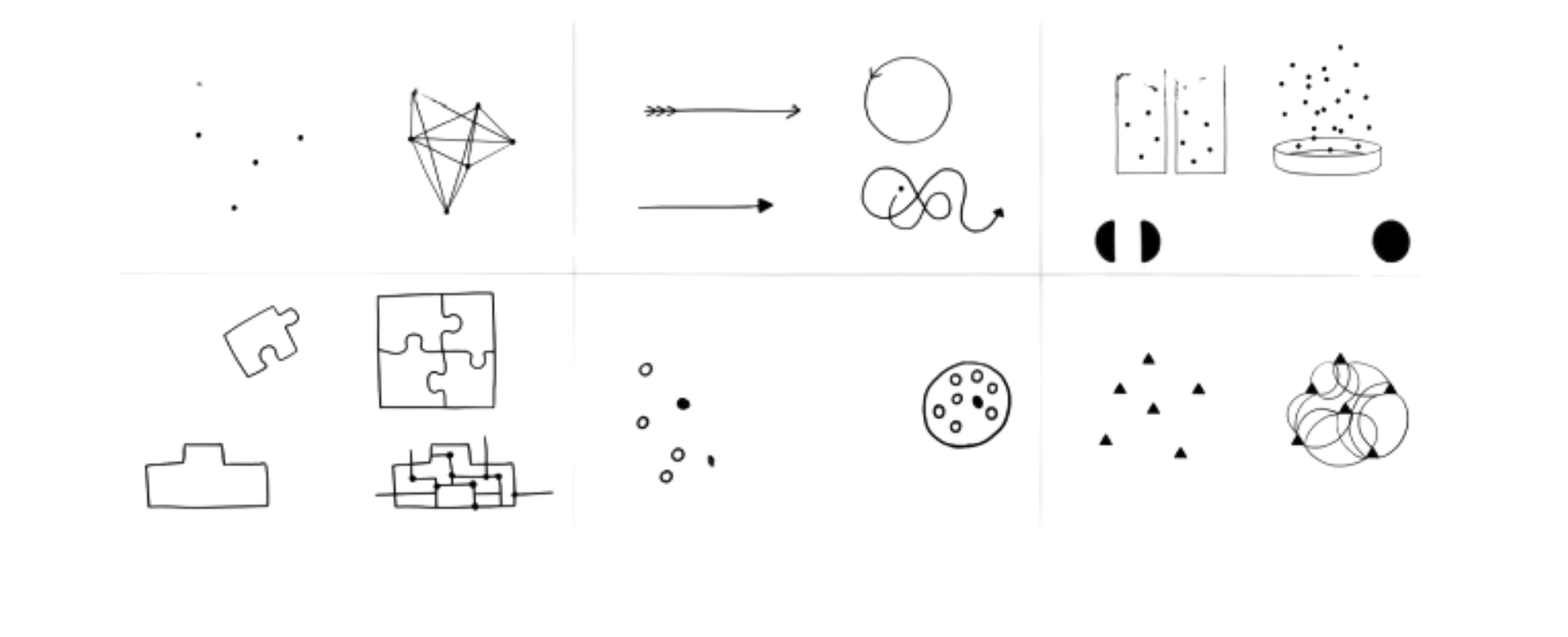The Future of Product Design: Trends to Watch in 2023

Product design is an ever-evolving field and the trends of 2023 will look vastly different from those of today. The advancements of technology, the increasing importance of sustainability, and the growing demand for personalization are all influencing the design of products and services. In this article, we’ll explore five trends in product design that will shape the future of this field in 2023.
1. Augmented Reality (AR) and Virtual Reality (VR)
One of the biggest trends in product design for 2023 is the incorporation of augmented reality (AR) and virtual reality (VR) technologies. AR and VR are being used to create immersive experiences for consumers. For example, retailers are using AR and VR to help customers visualize products in their home before they purchase them. This technology also allows customers to customize their product based on their preferences. Furthermore, AR and VR can be used to create simulations that provide training to employees or customers on how to use a product or service.
AR and VR will also play a role in the design process itself. Designers can use AR and VR to create virtual prototypes before having to move onto physical production. This allows them to test out ideas more quickly and iterate faster on designs. Additionally, these technologies can be used to perform user testing and get feedback from potential customers before committing resources to production.
AR and VR can also be used to create interactive experiences for customers. For example, customers can use AR and VR to explore a product in a virtual environment, allowing them to get a better understanding of the product before making a purchase. Additionally, AR and VR can be used to create interactive tutorials and demonstrations that can help customers learn more about a product or service.

Become a Product Manager
Learn from top industry experts, get access to 1 year placement support and transition into product management at India's top tech companies.
2. Artificial Intelligence (AI) in Design
The use of artificial intelligence (AI) in product design is becoming increasingly popular. AI can be used to identify patterns in customer data and improve product design decisions. For example, AI can be used to identify which features are most important to a customer and prioritize them accordingly. AI can also be used to provide personalized product recommendations to customers based on their preferences.
AI can also be used to help automate the design process. AI-powered tools can be used to generate design ideas and suggest possible improvements. This allows designers to focus their time on more creative tasks rather than repetitive ones. Finally, AI can be used to recognize errors in designs before they go into production, which can save time and money.
AI can also be used to create virtual prototypes of products, allowing designers to test out different design ideas before committing to a final version. This can help to reduce the time and cost associated with the design process, as well as improve the overall quality of the product.
3. Personalization and Customization
Personalization and customization are becoming increasingly important for product design. Customers are looking for products that are tailored to their individual needs, wants, and preferences. As a result, designers must be able to create custom designs that meet these needs while still being attractive, functional, and cost-effective.
To achieve this, designers are incorporating interactive elements into their designs such as touchscreens or voice commands. This allows customers to customize their product based on their preferences. Additionally, designers are taking advantage of 3D printing technologies which enable them to quickly produce custom designs at a low cost.
Designers are also utilizing artificial intelligence (AI) to create personalized experiences for customers. AI can be used to analyze customer data and create tailored product recommendations. This helps customers find the perfect product for their needs and makes the shopping experience more enjoyable.
4. Design for Sustainability
As environmental consciousness continues to grow, designers are focusing on creating products that are more sustainable. This includes using eco-friendly materials such as recycled plastics or bioplastics, as well as incorporating features that reduce energy consumption or waste. Designers are also focusing on creating products that have a longer lifespan, so that they can be reused or recycled rather than thrown away.
In addition, designers are incorporating natural elements such as plants or water into their designs to help reduce the carbon footprint of a product or service. Finally, they are emphasizing the use of renewable energy sources such as solar or wind power in order to reduce overall energy consumption.
Designers are also looking for ways to reduce the amount of packaging used for products, as well as finding ways to make the packaging more sustainable. This includes using materials that are biodegradable or recyclable, as well as using less packaging overall. By reducing the amount of packaging used, designers can help reduce the amount of waste that is created.
5. Emotional Design
Finally, emotional design has become increasingly important for product design in 2023. This involves creating products that evoke emotional responses from users such as joy, excitement, or satisfaction. This is often accomplished through an understanding of users’ needs and incorporating visual elements such as color, shape, or texture that resonate with them.
Designers are also utilizing sound and scent in their designs in order to evoke more powerful emotional reactions from consumers. By creating products that evoke positive emotional responses from users, designers are able to create more meaningful experiences for their customers.
These five trends in product design will shape the future of this field in 2023. From the incorporation of AR and VR technologies to the emphasis on emotional design, these trends will help create products that are immersive, personalized, sustainable, and meaningful.
In addition, designers are also utilizing artificial intelligence and machine learning to create products that are more intuitive and responsive to user needs. By leveraging these technologies, designers are able to create products that are more personalized and tailored to the individual user. This allows for a more seamless and enjoyable user experience.

Become a Product Manager
Learn from top industry experts, get access to 1 year placement support and transition into product management at India's top tech companies.



